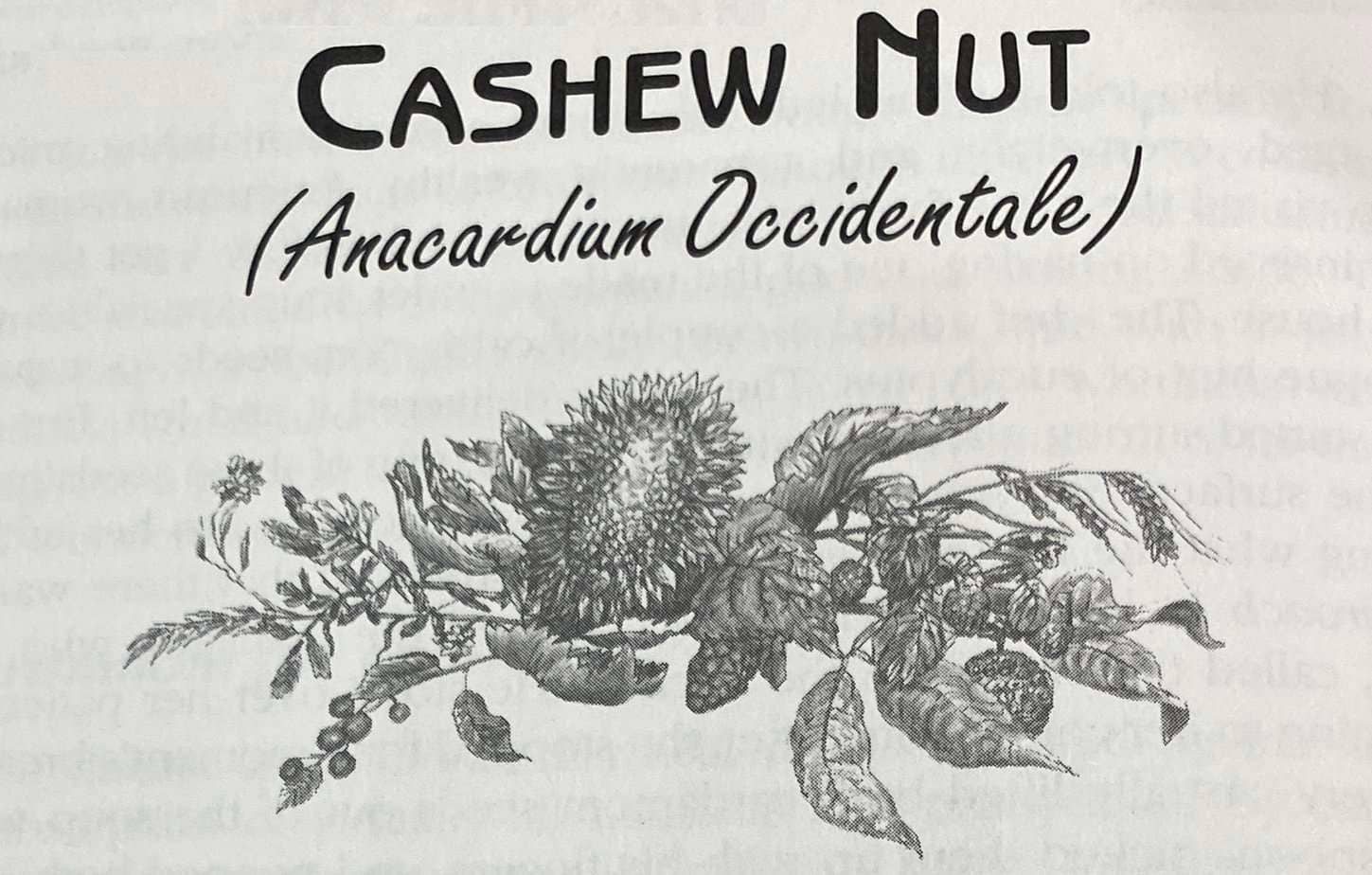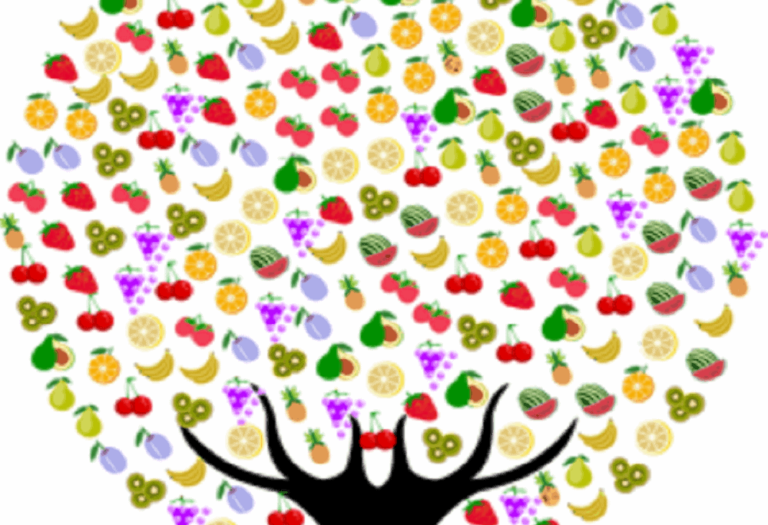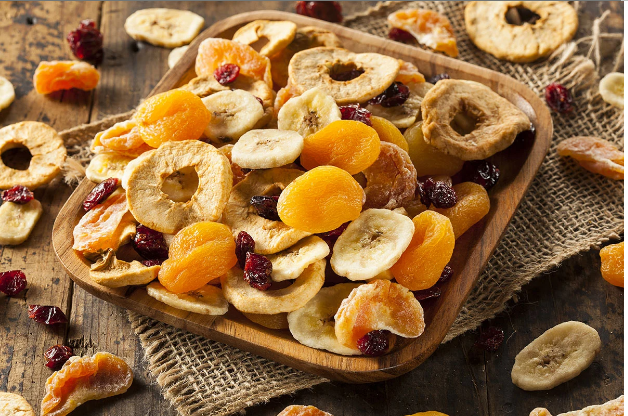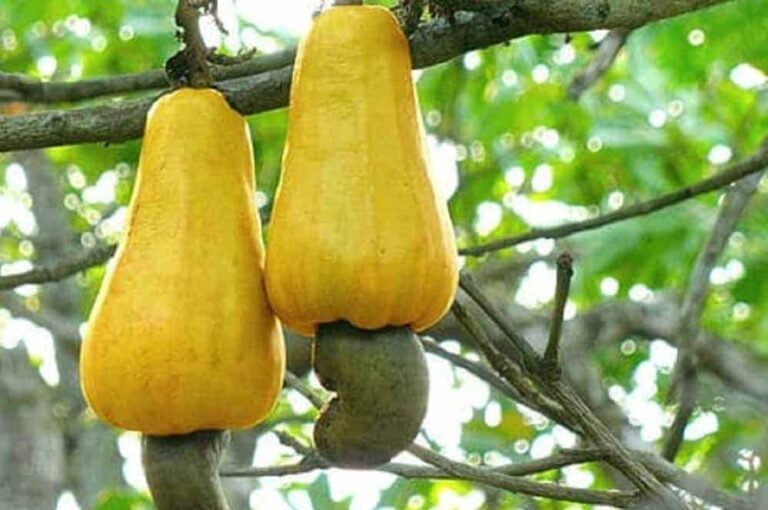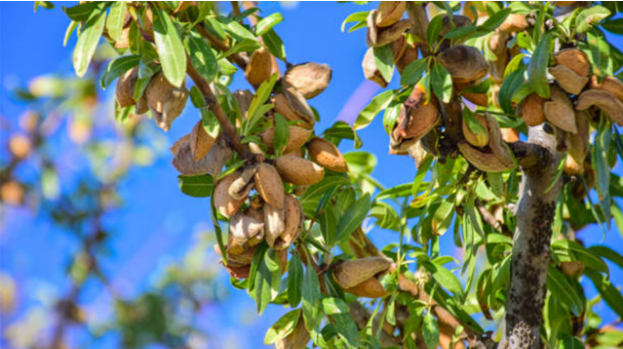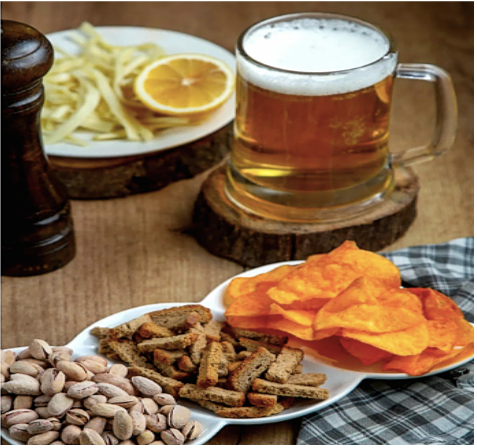Your cart is currently empty!
Unlocking The Health Potential In The Medical Uses for Cashews
The cashew belongs to the Anacardiacede or cashew family. The medical uses for cashews have been clear and prominant throughout history. Other plants that belong to this family are mango fruit and the pistachio nut, as well as toxic plants that produce skin blistering, namely poison ivy, poison oak, and poison sumac. In fact, the double shell of a cashew nut contains arachidic acid and cardol. Both are toxic and irritating to the skin if handled straight from the tree without gloves and before being heated in a special liquid to detoxify the shells and make them brittle.
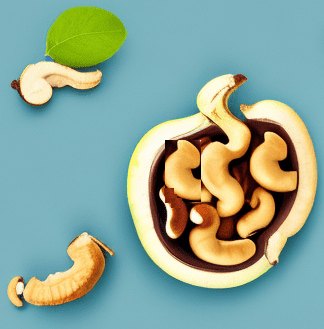
The cashew tree is a hardy, fast-growing evergreen perennial with a symmetrical, umbrellalike canopy. Under favorable conditions, it may reach a height of 40 to 50 feet. The tree has an unkempt appearance due to the gnarled and tortuous stem and crooked branches. The lower branches frequently rest on the ground and strike the root, enhancing the spreading form. Heavily veined, the leathery, oblong-oval leaves measure four to eight inches in length and two to three inches in width. The aromatic five-petaled flowers are yellowish-pink and polygamous. The flower cluster is composed of both unisexual and bisexual types. The rough, resinous bark contains an acrid sap similar to what is in the nut shells.
The Cashew Apple And Why The Skin Is An Irritant
The cashew is strange and versatile. It produces not only the edible nut but also a nutritious, edible “apple” and a valuable nut shell oil used to make several types of resins that are used in the manufacture of clutch facings, foundry resins, waterproof paints, corrosion-resistant varnishes, insulating enamels, and special quality lacquers.
The highly unusual cashew fruit consists of two distinct parts. The first is the fleshy, pear-shaped stalk, the cashew “apple.” The apple is rather juicy, thin-skinned, golden-yellow, red, or scarlet in color, and about 2 – 4½ inches in length. It actually looks more like a pear than an apple. The second is the grayish-brown, kidney-shaped cashew nut, at about 1 – 1 ½ inches long. Attach it to the lower end of the “apple.” The cashew nut is the true “fruit,” while the cashew “apple,” about 8-10 times as heavy as the nut, is the swollen stalk, or peduncle, which supports the flower.
Snakebite Antidote Medical Uses For Cashews
The ayurvedic medicine of India, which is still very popular and routinely practiced after several thousand years, has relied upon various parts of the cashew nut as an antidote against poisonous snake bites. The fresh cashew shell, with its kernel still intact, is first roasted in a large frying pan over an open fire or on a metal sheet in an oven to remove most of the toxic material that causes skin irrita-tions. They will remove the kernel from the shell and dry it. After this, gently rub the fingers to peel off the reddish-brown outer coating, the testa.
Indian scientists, over some 60 years ago, carried out a series of extensive pharmacological and toxicological investigations on animals with these cashew materials and numerous other medicinal plants. They injected venom from the king cobra subcutaneously into healthy dogs weighing 13 to 22 pounds. It is well known as the largest of all the venomous snakes in southern Asia. They can reach a full length of 18 feet. They gave the dogs an internal administration of cashew nut, which consists of a very concentrated tea solution obtained by boiling some of the roasted shells and testa.
For external application, the roasted cashew shells, testa, and kernel were all ground into a fine powder and then applied directly over the site of inoculation of the venom. The internal administration seemed to be the most beneficial from the observations later recorded, although the external application, in some instances, did prevent localized swelling. Cashew nut may be considered a possible folk antidote for poisonous snakebite, with some efficacious benefits (Indian Medical Research Memoirs, No. 19, January 1931).
Toothache and Sore Gums Relieved
In West African countries, the folk healers of Nigeria treat toothaches and gum pain. With great fanfare, these witch doctors hold up a small wooden bowl containing an ointment prepared with cashews. He had just discovered two things with stronger spirits than the disease spirits afflicting his patients. He said that in the bowl that he held up in his hand was a mixture of crushed cashew nut kernel and honey.
Honey has been shown to have an antibacterial effect on bacteria commonly present in wounds, such as methicillin-resistant Staphylococcus aureus (MRSA) and Vancomycin-resistant Enterococci (VRE). Medically, it is more that the honey assisted in the closing of open wounds in the mouth. However, witch doctors claim that “the souls of both medicines” would work only once he had said a magical incantation over them.
When the Witch Doctor finished his ritual, he went to his first patient and ordered the guy to open his mouth wide. Putting his forefinger and middle finger into the powdered cashew nut-and-honey mixture, he scooped some of it up and inserted both fingers into the patient’s mouth. He then proceeded to the next patient, dispensing more sticky medicine across all of the upper and lower gums.
According to these patients, the pain diminished within five minutes. This shows that the simple ways are often more efficacious than all the wisdom of western medicine.
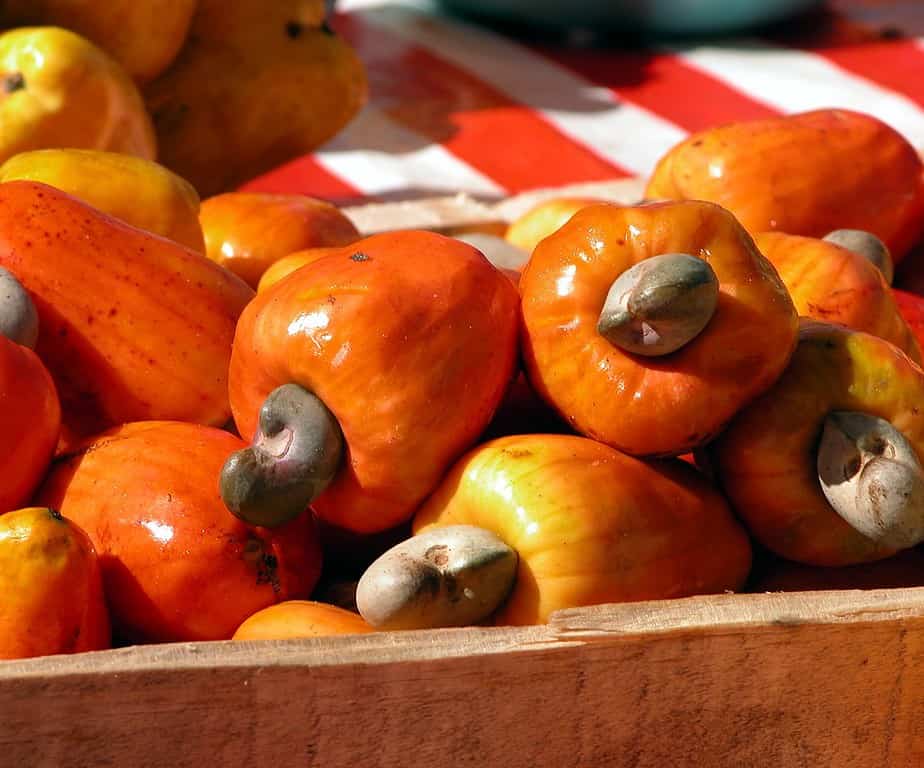
Terrific Treatment for Scurvy, Leprosy, Syphilis, Warts, Ringworm, Psoriasis, and Cracked Feet
In modern-day Nigeria, the same Witch Doctors use cashew nut shell liquid for several skin problems common to tropical regions of the world. Boil freshly picked cashew nut shells in a little water. 2 cups of broken shells to 1½ cups boiling water. Cook this mixture in an old iron pot hung over a fire. This Yoruba witch doctor then carefully poured off what liquid remained, straining it through a dirty old burlap gunny sack. The amount of liquid remaining was about ¾ of a cup.
With this in a wooden bowl, he took a well-used artist’s paintbrush made from camel hair and proceeded to dip it into the bowl and paint the liquid onto the skin injuries of patients. Scurvy, leprosy, syphilitic sores, warts, ringworm, psoriasis, and the cracked soles of feet were all treated with cashews and honey.
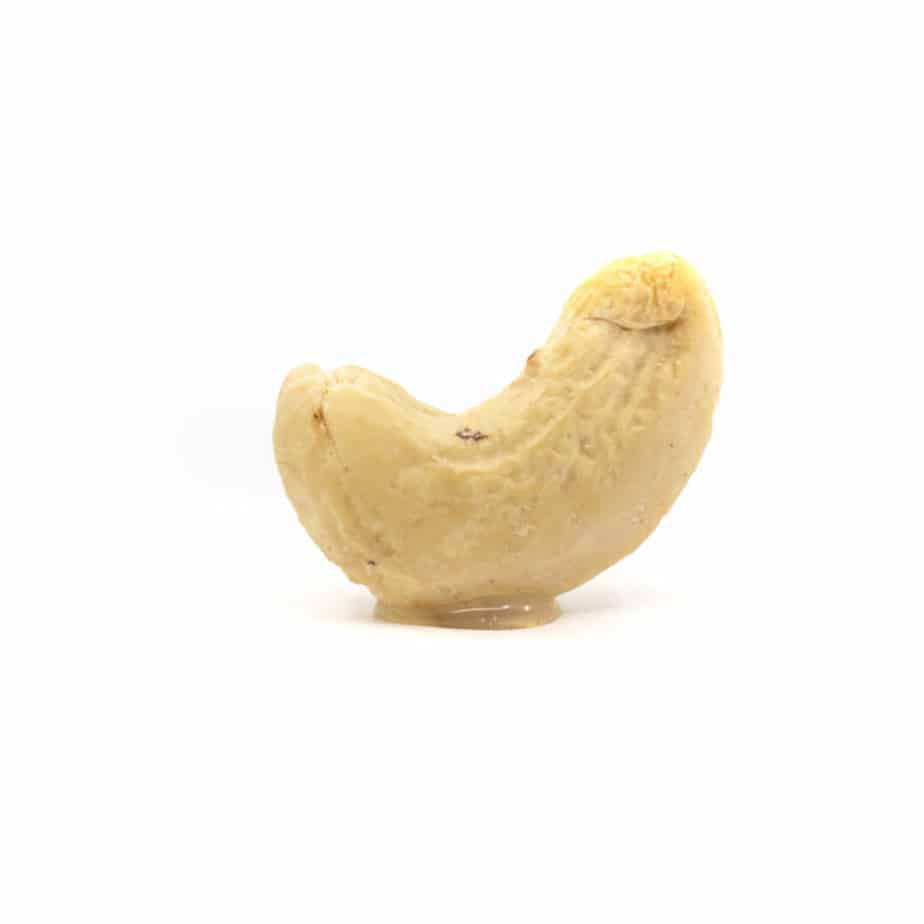
Scarification for Tattooing Purposes
Very popular in parts of West Africa with many of the natives is the use of cashews in tattooing. Combine the acrid sap from the cashew tree bark with the irritating oil from the nutshell. Rub it routinely on the skin’s surface to deliberately induce scars, often keloids, and tribal marks. Those cultures highly prize the tattoo as a mark of great beauty. The medical uses for cashews help to create skin scarring in the use of tribal tattoos.
Cashew Oil May Conquer Cavities
Keep an eye out for the possibility of a nut-flavored toothpaste arriving on the drugstore or supermarket shelf someday. Increased consumer demand for all-natural products has revived interest in tapping the foods’ edible plants for useful chemicals. In this quest, two organic chemists have discovered, almost by accident, that the cashew nut could fight tooth decay and other bacterial infections, according to a report in the February 1991 Journal of Agricultural and Food Chemistry.

Japanese scientists tested various tropical fruits and vegetables for antimicrobial activity in their research. The oil from the cashew nut shell is normally a waste product of the food industry. It seemed to hold some potential, so the researchers extracted and tested 16 compounds from it. The oil and some of the extracts worked well against gram-positive bacteria. This is particularly Propionibacterium acnes, which produce acne vulgaris in teenagers. Also, Streptococcus mutans causes tooth decay in young and old alike.
When killing bacteria in the mouth, these compounds also appear to interfere with producing the microbes’ enamel-eroding acids. “It has anti-plaque activity, too,” noted Isao Kubo, one of the chemists. But the shell oil isn’t edible, he continued. However, its bacteria-fighting compounds also exist in the nut and the juice of the surrounding fruit. Kubo believed the cashew compounds may prove safe when mixed into toothpaste or mouthwash.

